This Fall I've been sick a lot, so I am using the downtime to knit. After making a couple of skirts, I moved on to a special project: hats and scarves specifically designed to resist the cold and wind while cycling.
While it may seem that any hat and scarf should be sufficient for this, last winter I discovered that this wasn't so. Store-bought knits can be a mixed bag in terms of how well they work, even if they "look" warm and cozy. So while making my own, here are some criteria I've come up with that may help as you're winter shopping.
1. Adequate coverage
This may be obvious, but a hat is most effective if it covers your ears. It should also be tight enough around the opening so that it does not slide while cycling - especially if it's windy. For me, hats that are "slouchy" are often too loose and quickly slide off my ears - or off my head entirely - when I cycle. I solved this problem by making the openings on mine extra tight, and you can watch for that factor in store-bought hats as well.
As for scarves, they can often come loose and unravel, or at least slip in a way that exposes your throat to the wind while cycling. If you have found this to be a problem, consider getting what is called a cowl neck, or a neck warmer instead. This is basically a thick, knitted turtleneck, without a sweater attached to it. You slip it on over your head and tuck the bottom under the collar of your coat. Unlike a scarf, it stays put and provides adequate coverage - even when cycling against the wind.
2. 100% wool
Assuming that you are looking for knit hats and not for sporty high-tech fleece, pay close attention to the material. I have been amazed to discover just how much better 100% wool is at keeping out the chill than a blend that includes even a small percentage of cotton, acrylic, or other materials. It can be convincing to see a fluffy knit hat with fair isle patterns of reindeer on it - but if it's even partly acrylic or cotton, it just won't work as well as wool.
Some might worry about wool feeling scratchy agains their heads or necks, but today it is easy to find wool with soft textures - wool that feels cotton-like or silk-like. While cashmere is nice, it is not necessary if you can't afford it. To me, peruvian alpaca has a very pleasant feel to it, and it is fairly affordable.
Even a gauze-thin wool hat can be surprisingly effective against the cold and wind while cycling. I made this one when it was still summer-ish, but it works well even in November.
2. Dense stitching
It is easier, less time consuming, and requires less wool to make a loosely-knit piece than a tightly-knit one. Chunky, loose stitching also "looks" warmer. But in actuality, it means that the knit is more porous - making it easier for the wind and the cold air to pierce right through it. If you want a hat or scarf that will really provide an impenetrable border against the frost and wind, look for one with dense stitching, and not necessarily in the chunkiest wool possible. It will be more functional.
Cycling in the cold is a special challenge for knitted hats and scarves, because they need to remain effective when you are moving against the wind at 10-20 miles per hour. I own lots of knitted accessories, but when the temperatures fell to below freezing last winter, I discovered that only a few of them truly kept me warm. Pieces that provide full coverage of the ears and throat, are 100% wool, and are densely knit, will be up for the job where others fall short.
{all hats and scarves pictured here made by me}

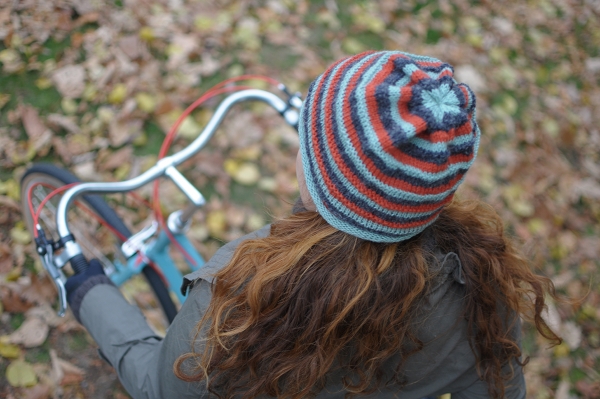
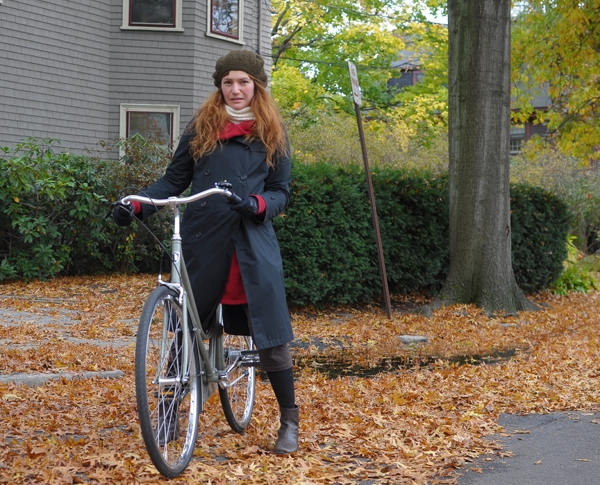

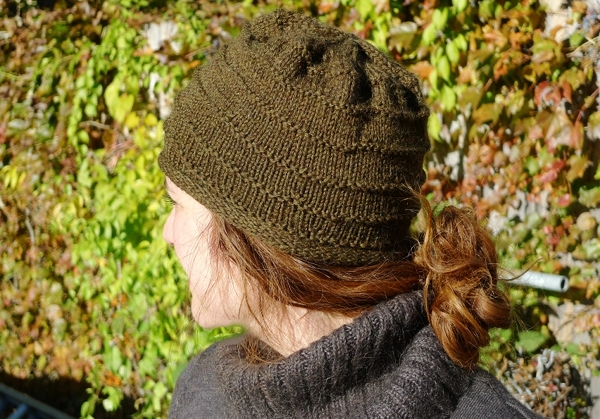
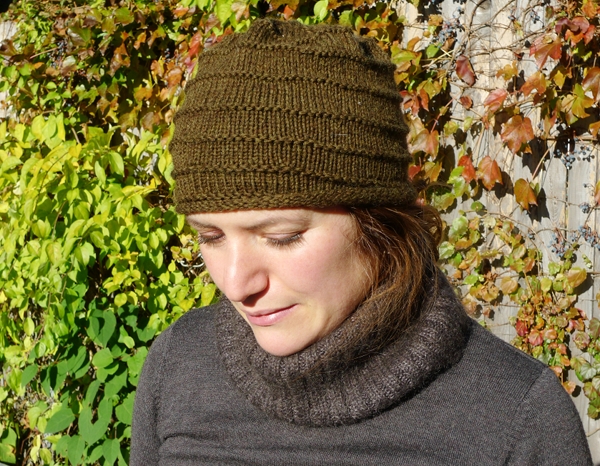
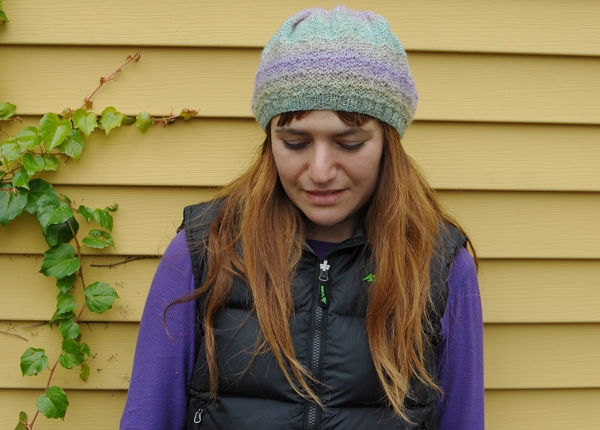
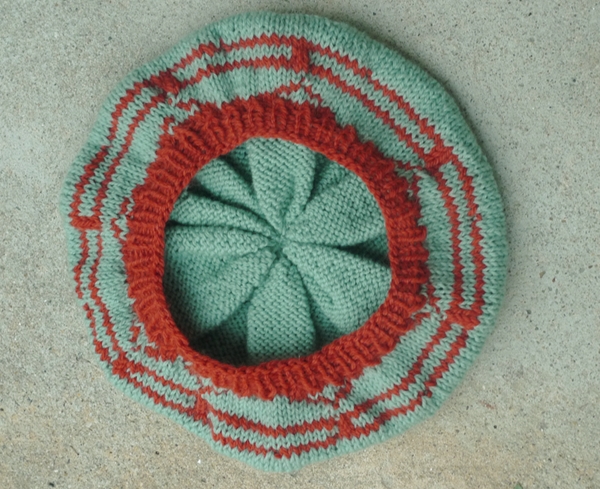






0 comments:
Post a Comment